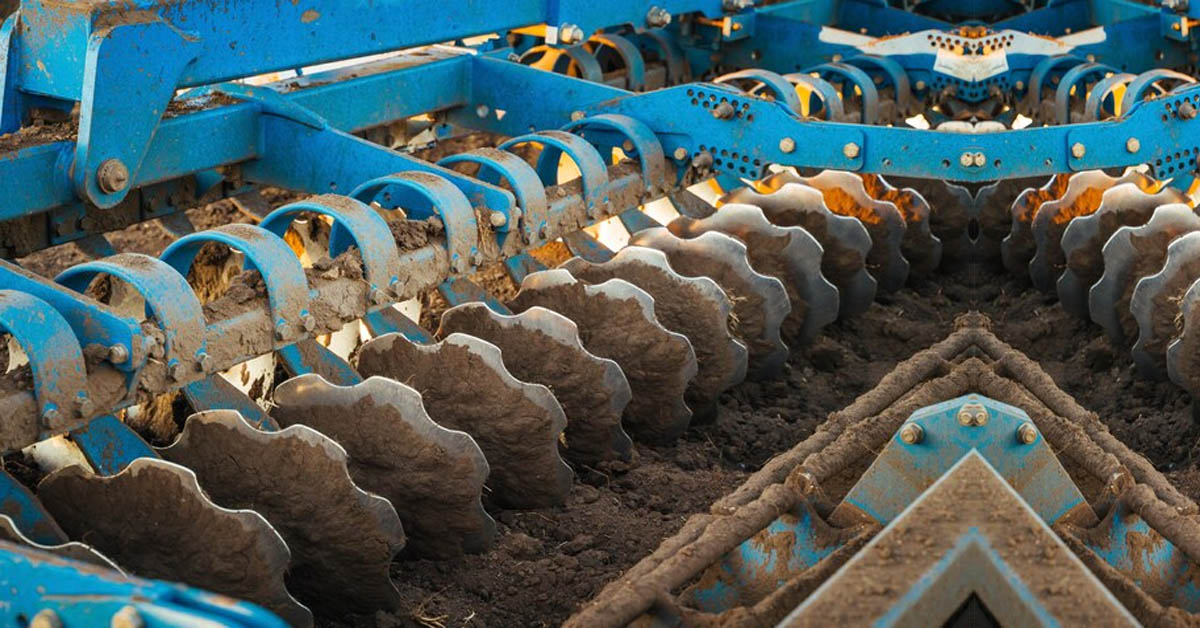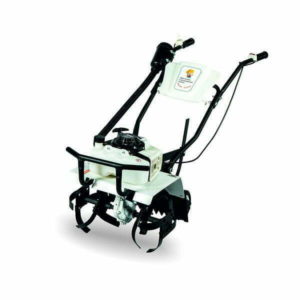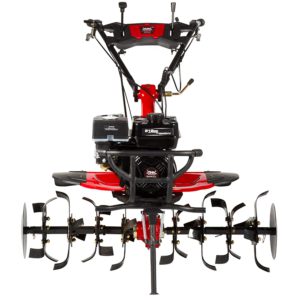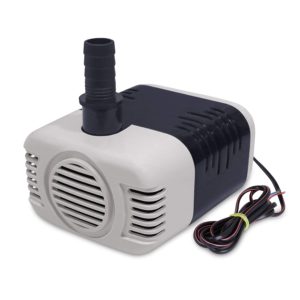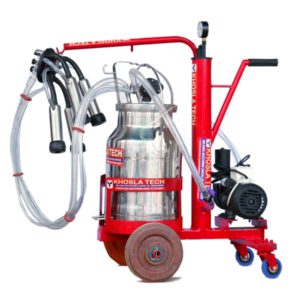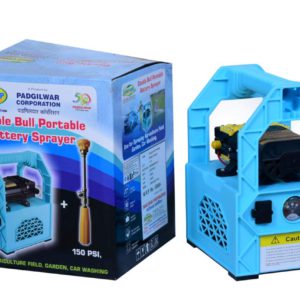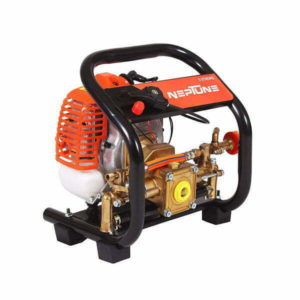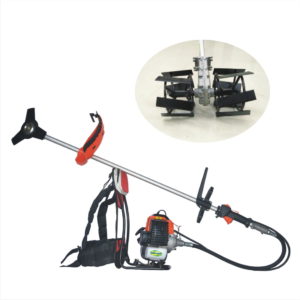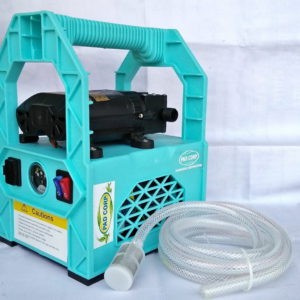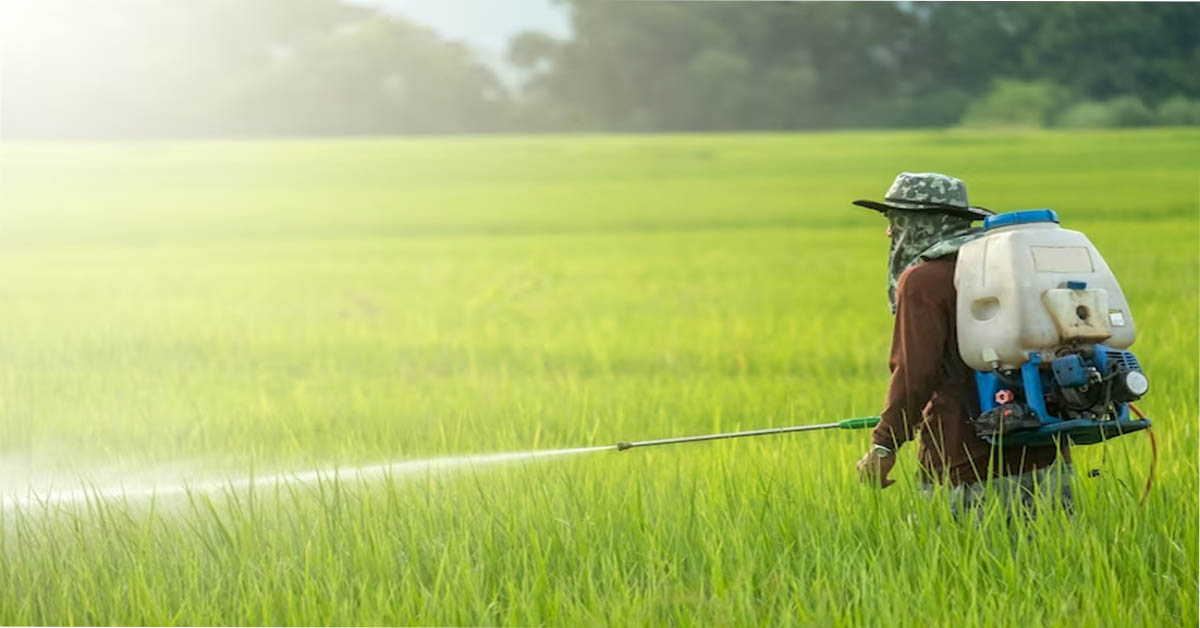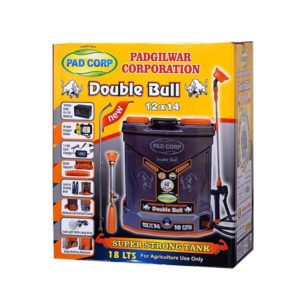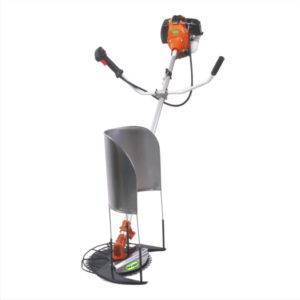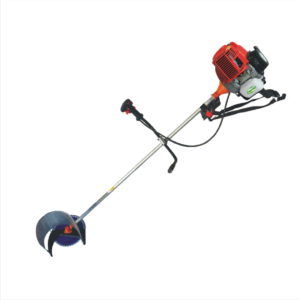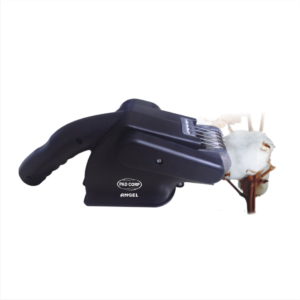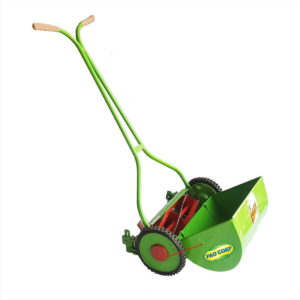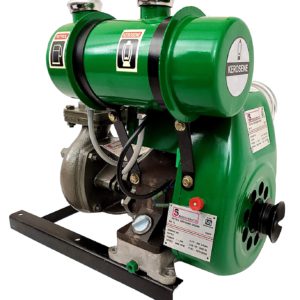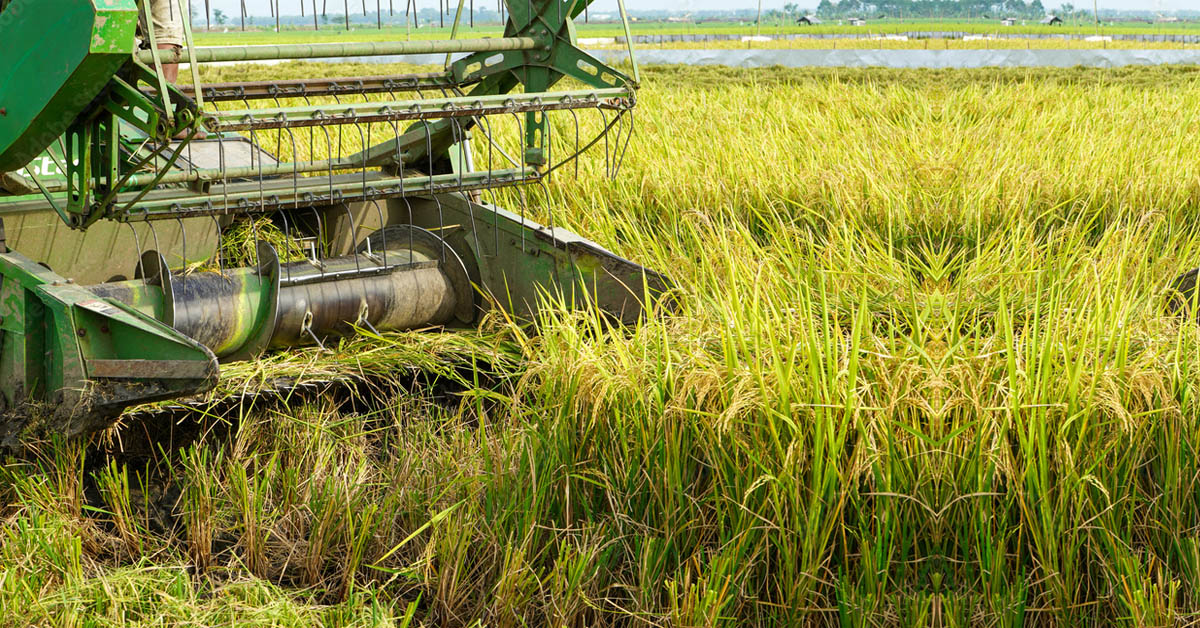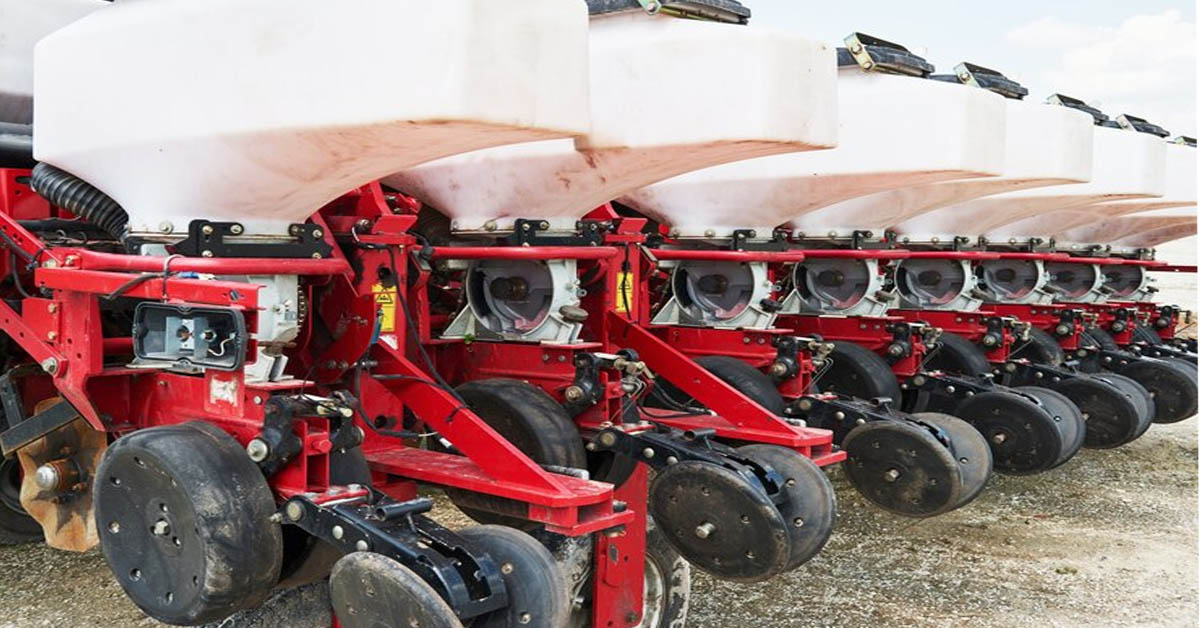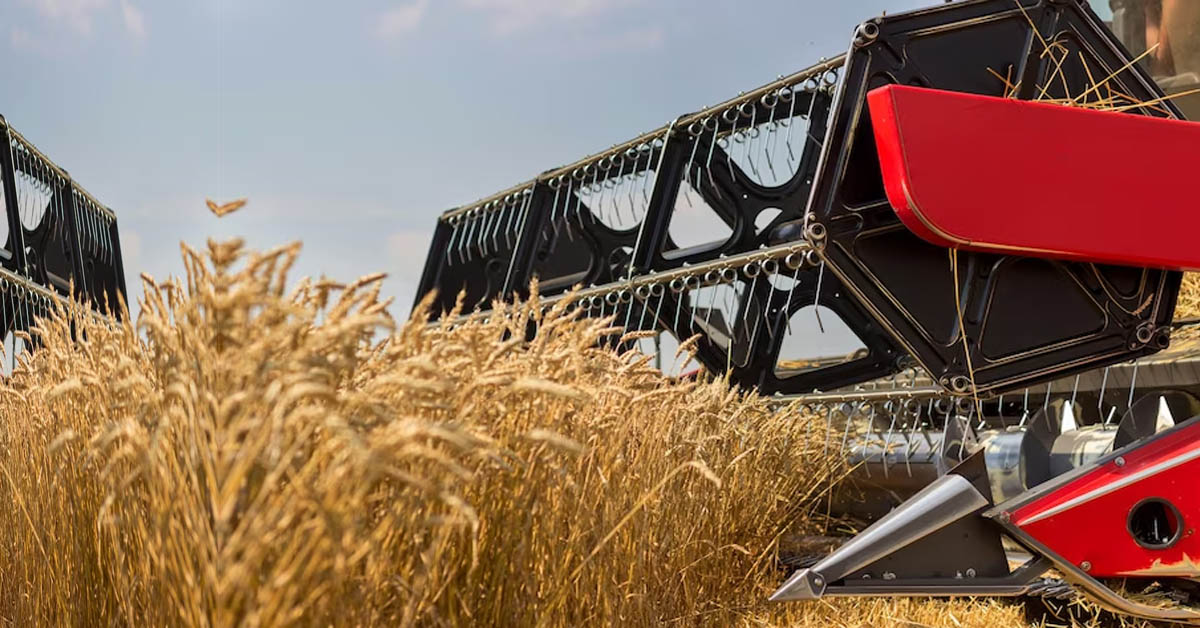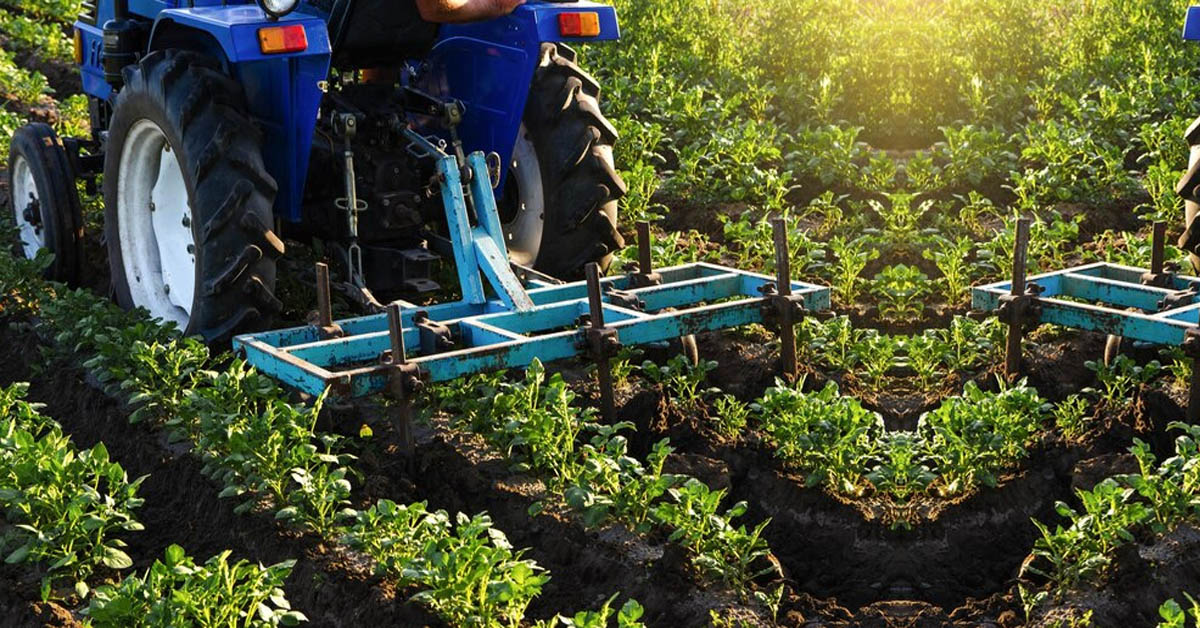There are many different machines and equipment used in agriculture, each designed to perform specific tasks that are essential to the farming process. Here are some examples: Different Machines Used In Agriculture.
- Tractors: Tractors are used to pull other implements such as plows, cultivators, and planters.
- Plows: Plows are used to turn over soil, which helps to break up soil clumps and mix in organic matter.
- Cultivators: Cultivators are used to remove weeds and aerate the soil around plants.
- Planters: Planters are used to plant seeds or transplants in rows at a specific depth and spacing.
- Sprayers: Sprayers are used to apply pesticides, herbicides, and other chemicals to crops.
- Harvesters: Harvesters are used to harvest crops such as wheat, corn, and soybeans. There are different types of harvesters for different crops.
- Balers: Balers are used to compress and bind hay or straw into bales for storage or transportation.
- Irrigation systems are used to provide crops with water.
- Fertilizer spreaders: Fertilizer spreaders are used to distribute fertilizer evenly across the field.
- Milking machines: Milking machines are used to extract milk from dairy cows.
- Grain carts: Grain carts are used to transport grain from the field to storage bins or trucks.
- Hay rakes and tedders: Hay rakes and tedders are used to fluff and dry hay for storage.
- Mowers: Mowers are used to cut grass or hay for feeding livestock or making hay.
- Seed drills: Seed drills are used to plant crops in rows at a specific depth and spacing.
These are just a few examples of the many types of machines used in agriculture. The specific equipment used will depend on the type of farming being done, the size of the farm, and the farmer’s preferred methods.
Different Machines Used In Agriculture
-

Balwaan Power Tiller Soil Preparation Remove
Buy Now -

Balwaan Power Weeder Cultivator Rotary
50% OFF Buy Now -
Sale!

Boost Crop Yields with Sharp Garuda Power Sprayer – 36CC 4Stroke Petrol Engine Spray Pump
Original price was: ₹16,500.00.₹1,280.00Current price is: ₹1,280.00. inc. TAX ₹1,280.00 ex. TAX Buy 50% OFF -

Elove 18 Watt Water Lifting Submersible Pump for Desert
Buy Now 20% OFF -

Govardhan Milking Machine for Cow
Buy product -

High Pressure Water Pump for Car Wash
Buy Now 35% OFF -
Sale!

Maximize Your Agricultural Productivity with Pad Corp Suzo Max: 20 Liter Tank Capacity and Turbo Pressure Cylinder
Original price was: ₹20,000.00.₹12,952.00Current price is: ₹12,952.00. inc. TAX ₹12,952.00 ex. TAX Buy Up To 50 OFF -

Neptune Power Portable Pressure Sprayer
Buy New -

Pad Corp Backpack 2 ST Crop Cutter
Buy product -

Pad Corp Backpack 4 ST Crop Cutter
Buy product -

Pad Corp Car Washing Battery Operated Sprayer
Buy Now 20% OFF -

Pad Corp Double Bull Portable Battery
30% OFF Buy Now


